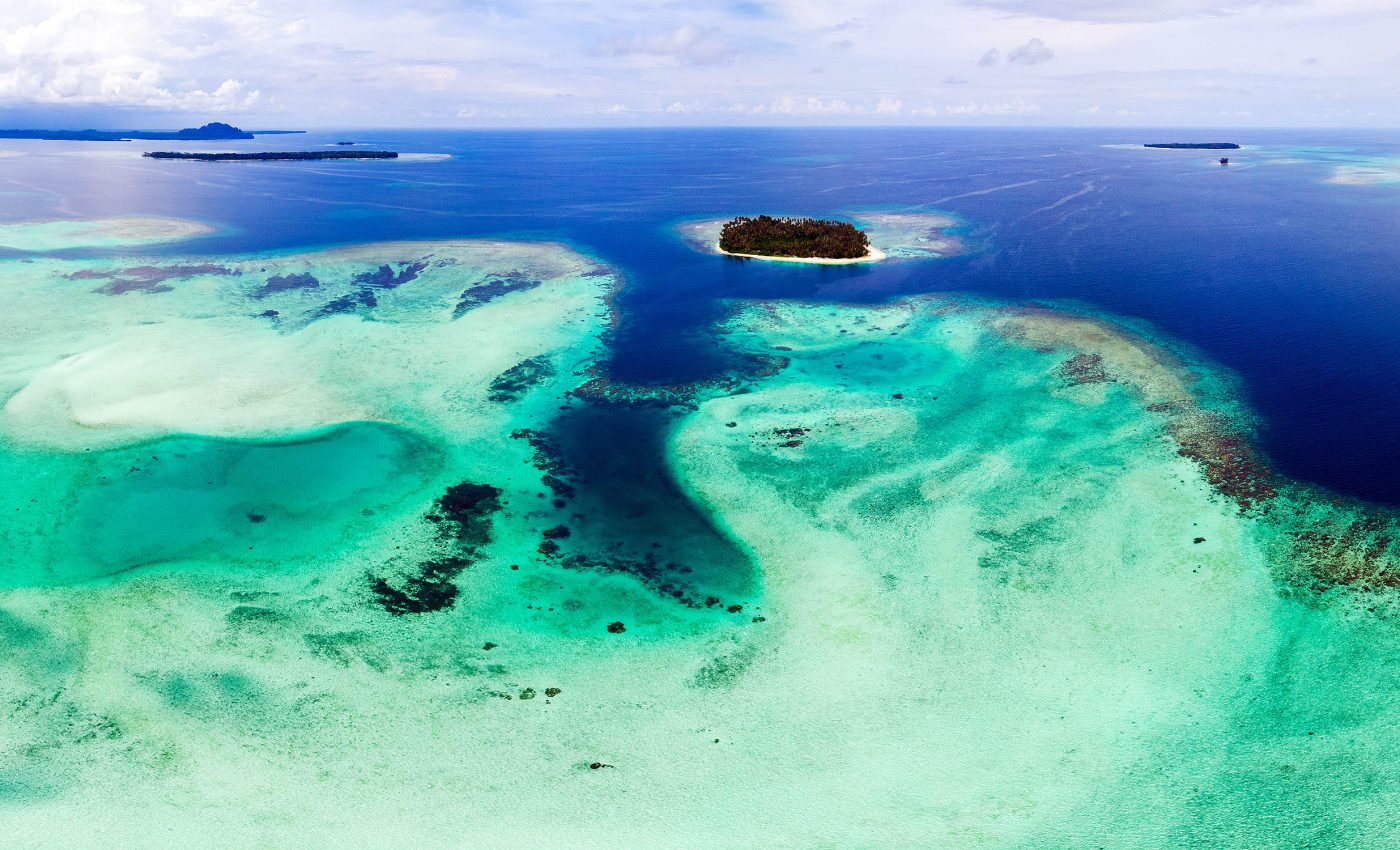
Ocean waters are changing colors and pushing marine life toward the poles
Oceanographers have long used a simple rule of thumb: green water teems with microscopic life, while ultramarine blue usually signals relative scarcity.
A fresh analysis of two decades of satellite images suggests that the dividing line between those hues is on the move.
Scientists have determined that open-ocean waters are steadily greening at high latitudes and becoming bluer in the tropics and subtropics.
Because the tint of seawater tracks chlorophyll – the pigment that phytoplankton use for photosynthesis – the trend hints at a large-scale rearrangement of life at the base of marine food webs.
Our oceans’ shifting color code
The research team, led by Duke University post-doctoral scholar Haipeng Zhao, sifted through global data captured from 2003 to 2022. The data came from NASA’s MODIS-Aqua instrument, which scans the planet every two days.
Each pass measures subtle shifts in reflected light that reveal chlorophyll concentration right at the surface. To avoid the optical noise of sediment-rich coastlines, the researchers focused exclusively on the open ocean.
“In the ocean, what we see based on satellite measurements is that the tropics and the subtropics are generally losing chlorophyll, whereas the polar regions – the high-latitude regions – are greening,” Zhao said.
In practical terms, that means less plankton in warm, blue waters flanking the equator and a rising abundance in polar waters.
Inventive math for a noisy planet
Working with satellite imagery always involves gaps – patches of cloud, sensor dropouts, differences in daylight.
To tease out a coherent story, Zhao and colleagues borrowed a pair of statistical tools more often used to study household incomes: the Lorenz curve and the Gini coefficient.
Lead investigator Nicolas Cassar, a scientist at Duke, explained the leap from economics to oceanography: “We borrowed concepts from economics called the Lorenz curve and the Gini index, which together show how wealth is distributed in a society.
“We thought, let’s apply these to see whether the proportion of the ocean that holds the most chlorophyll has changed over time.”
The result? Over twenty years, the ‘chlorophyll rich’ zones – already green – grew greener, particularly in the northern hemisphere, while blue regions lost even more pigment.
Testing the climate connections
Greener poles and bluer tropics might sound like a straightforward fingerprint of global warming. However, the study stops short of that conclusion.
The authors compared chlorophyll shifts with four environmental variables: sea-surface water temperature, wind speed, light availability, and mixed-layer depth.
Only warming tracked consistently with the observed color change; the others showed no strong association.
Even so, co-author Susan Lozier of Georgia Tech cautioned against a rush to label climate change the culprit. “The study period was too short to rule out the influence of recurring climate phenomena such as El Niño,” Lozier said.
“Having measurements for the next several decades will be important for determining influences beyond climate oscillations.”
Changing plankton, big impact
Phytoplankton do more than tint the waves. Through photosynthesis, they absorb carbon dioxide and convert it to organic matter, sequestering carbon when dead cells sink.
A poleward migration of productivity could rearrange that natural pump. Cassar notes that the geographic shift may decide how long that captured carbon remains out of circulation.
“If carbon sinks deeper or in places where water doesn’t resurface for a long time, it stays stored much longer. In contrast, shallow carbon can return to the atmosphere more quickly, reducing the effect of phytoplankton on carbon storage,” he said.
Food security is another concern. Many equatorial nations rely on rich fisheries sustained by plankton blooms. A steady drop in primary producers could disrupt the food web, reducing fish stocks vital to diets and economies.
“Phytoplankton are at the base of the marine food chain. If they are reduced, then the upper levels of the food chain could also be impacted, which could mean a potential redistribution of fisheries,” Cassar warned.
Ocean color shift continues
The study adds the open ocean to a list of Earth systems already showing poleward ecological drift. On land, satellite records have documented expanding forests in high latitudes and stressed vegetation in the subtropics.
Now, with the ocean’s own chlorophyll belt shifting, researchers see a consistent planetary story unfolding.
Still, the authors emphasize that two decades are only an opening chapter. Longer records, deeper observations, and improved models of phytoplankton physiology are needed to predict the full ecological impact.
The ocean’s color shift signals change – green in high latitudes, blue near the equator – as ecosystems quietly reorganize. It silently tracks a significant re-ordering of marine life that could reshape climate feedbacks and global fisheries alike.
The study is published in the journal Science.
—–
Like what you read? Subscribe to our newsletter for engaging articles, exclusive content, and the latest updates.
Check us out on EarthSnap, a free app brought to you by Eric Ralls and Earth.com.
—–













